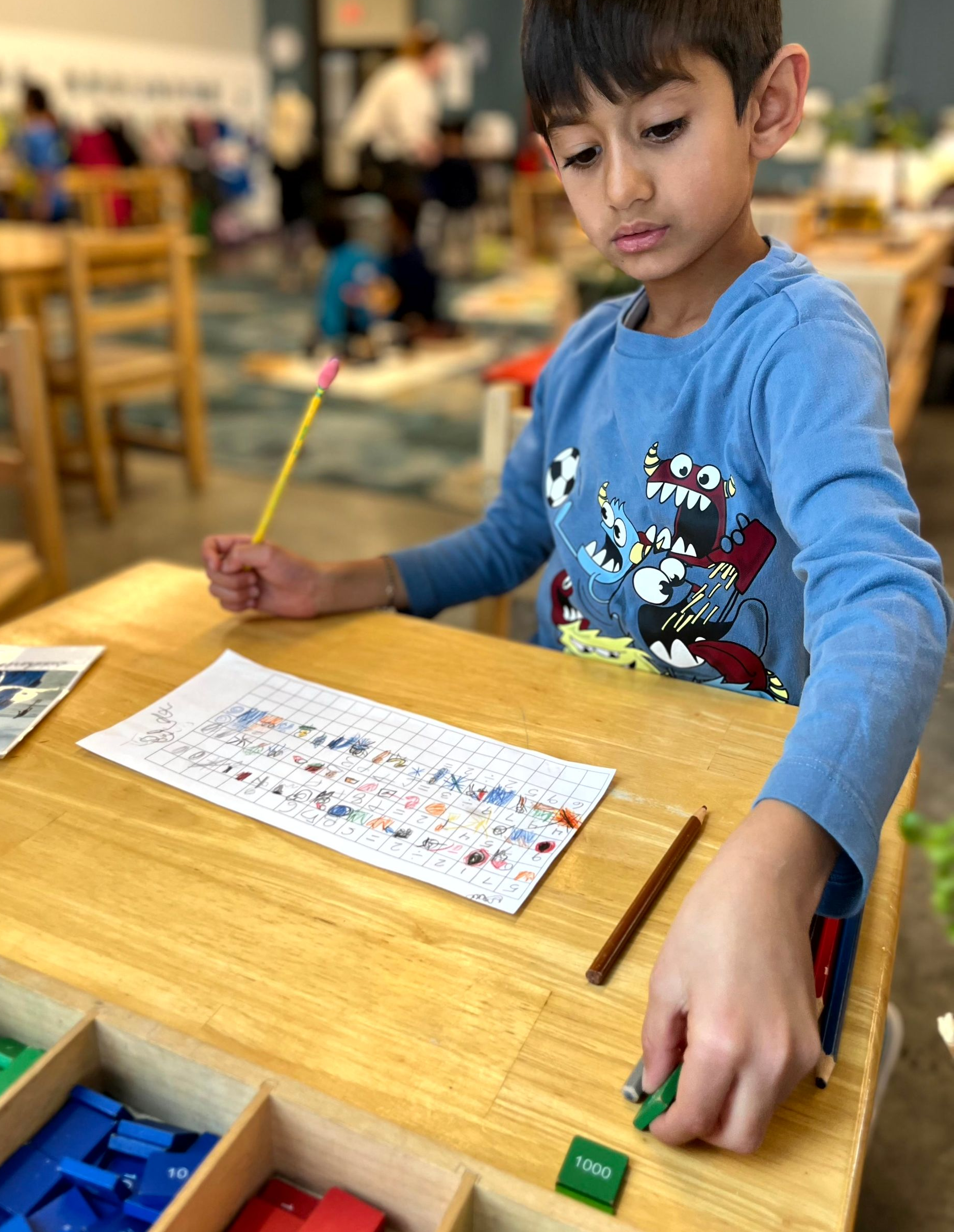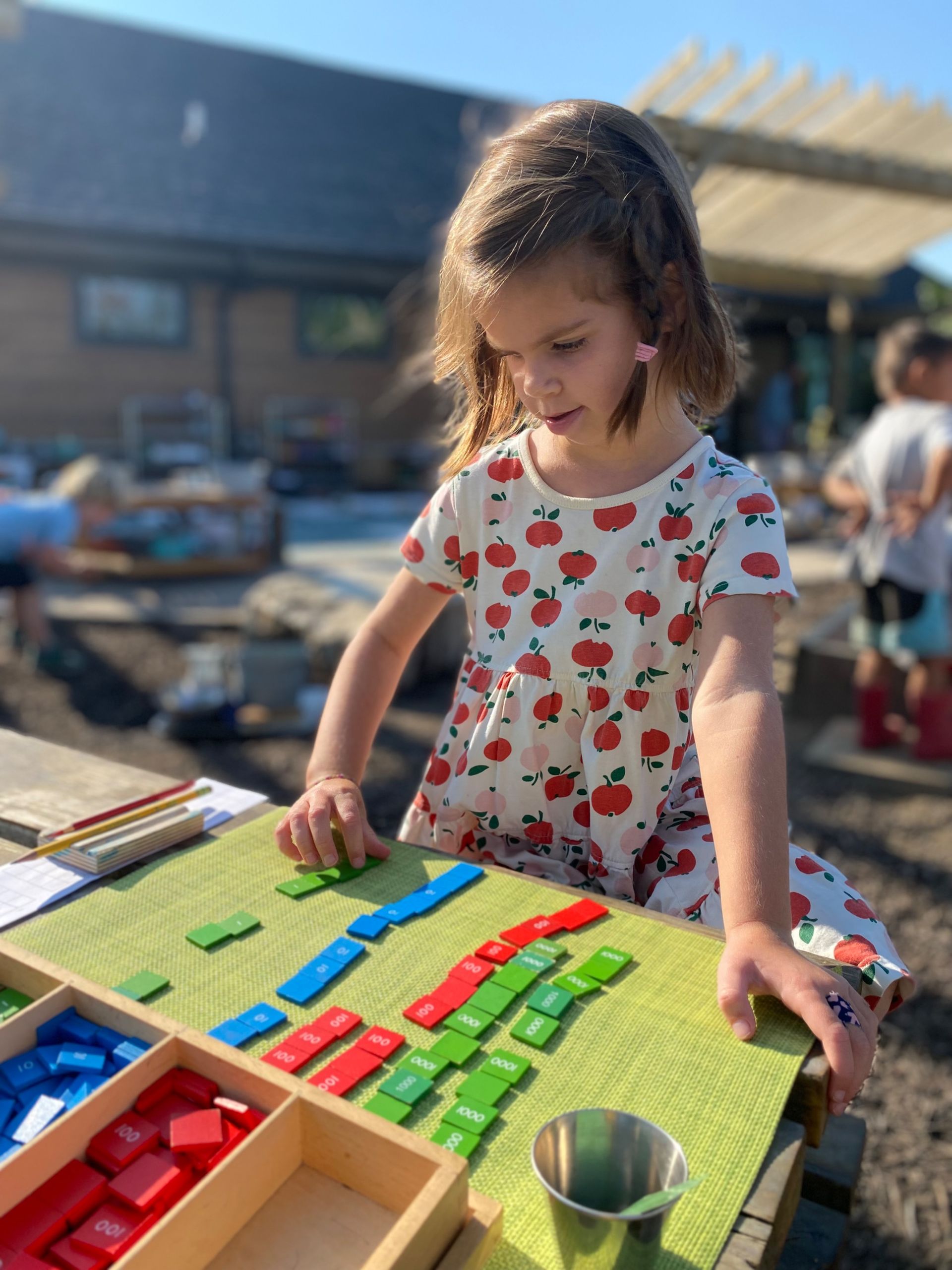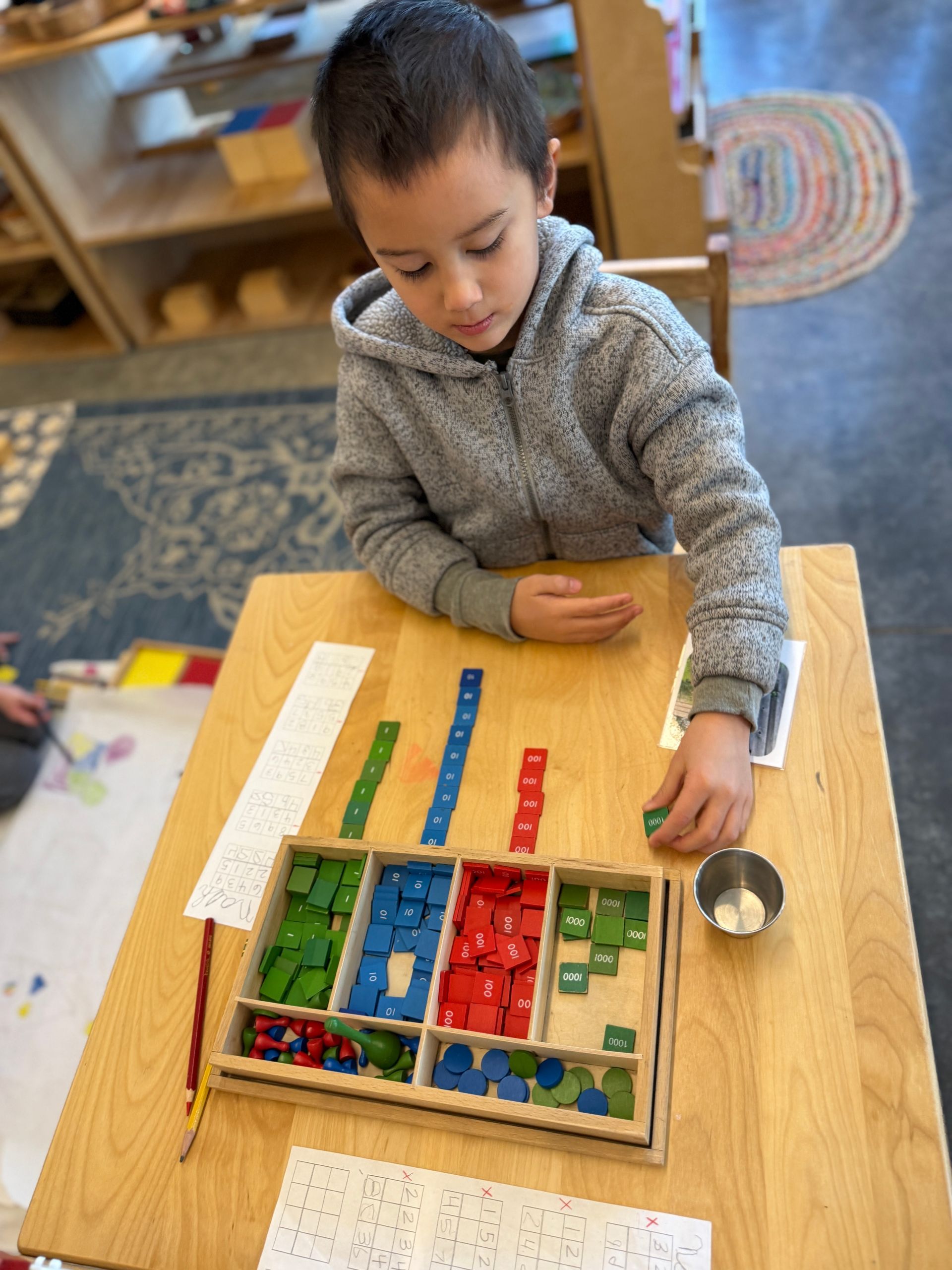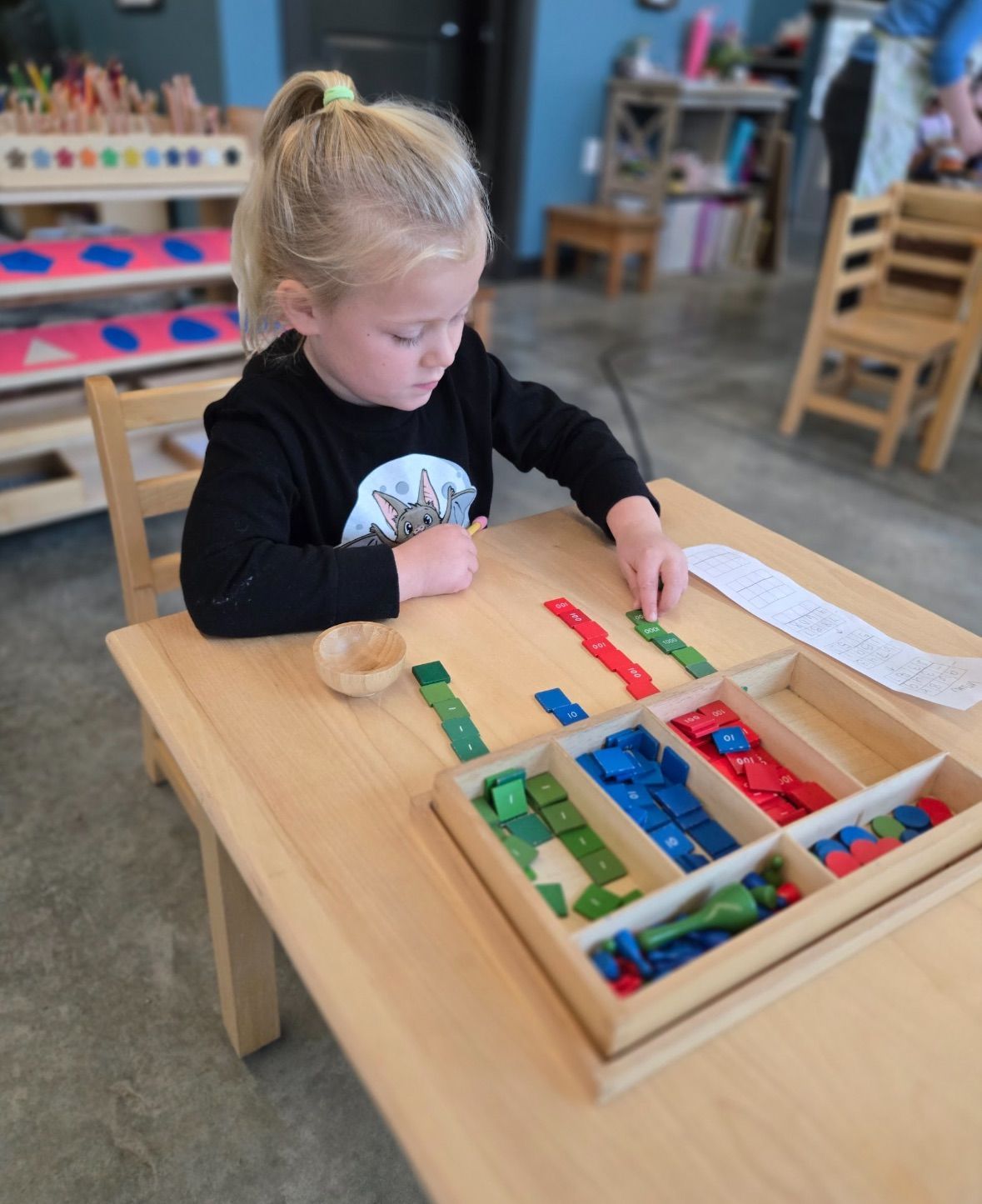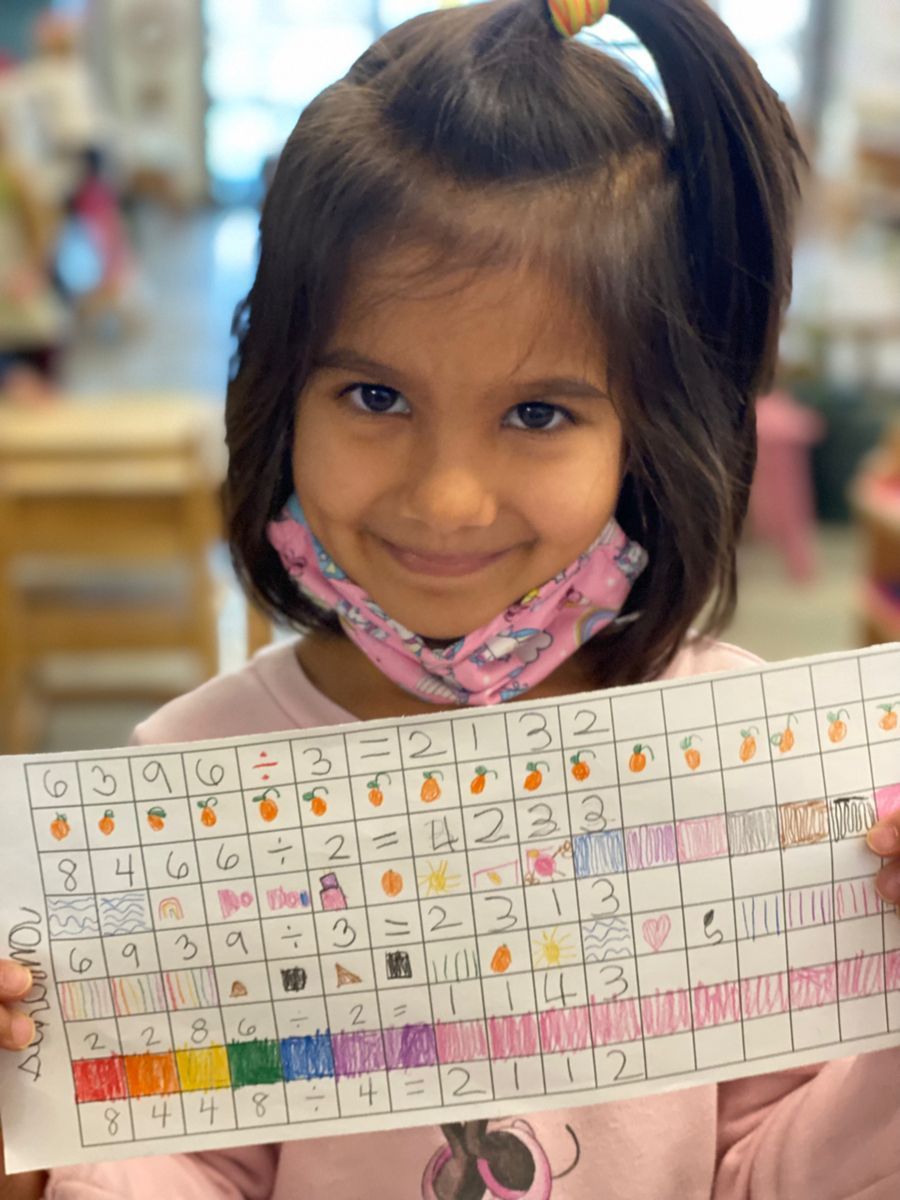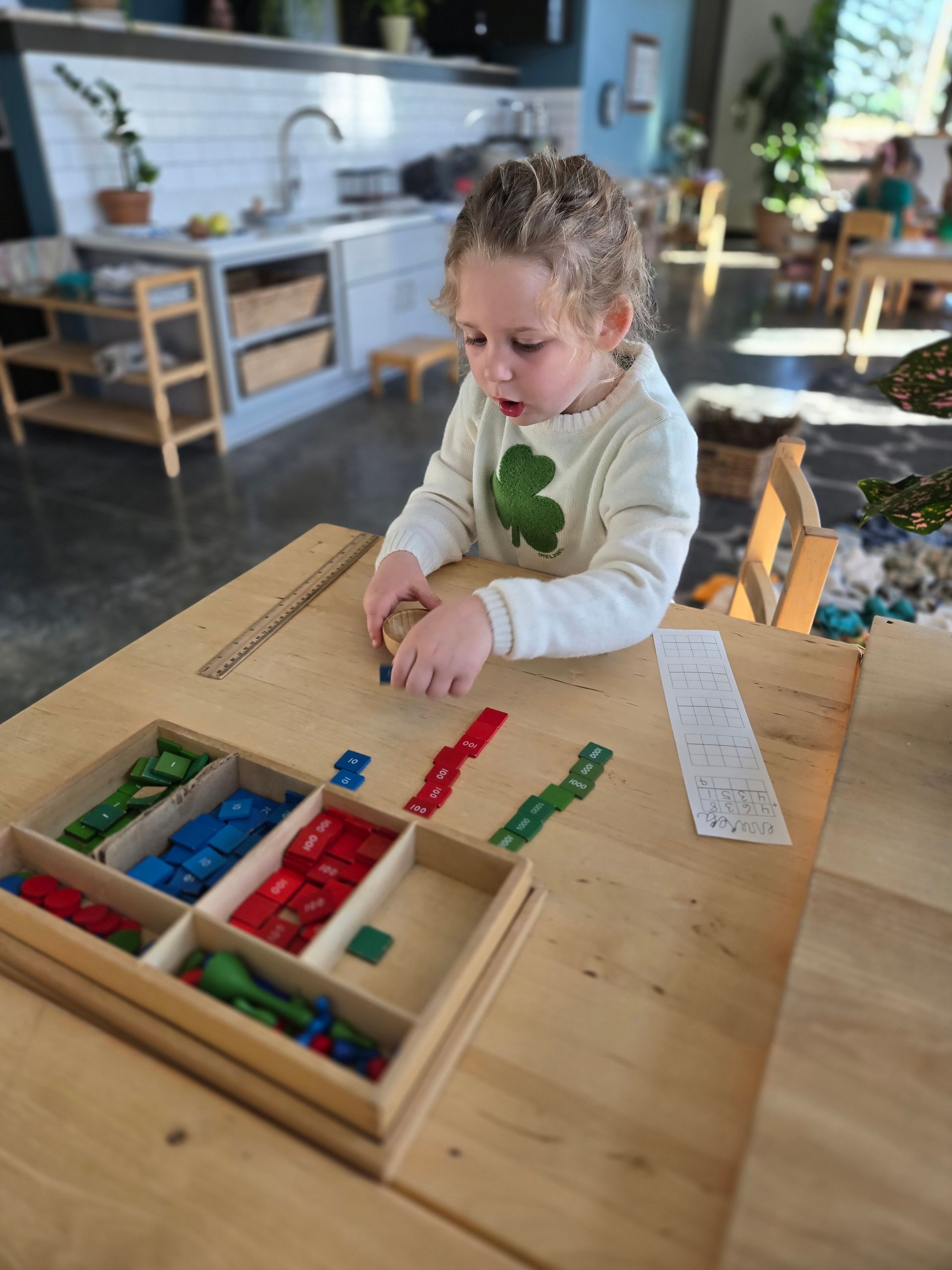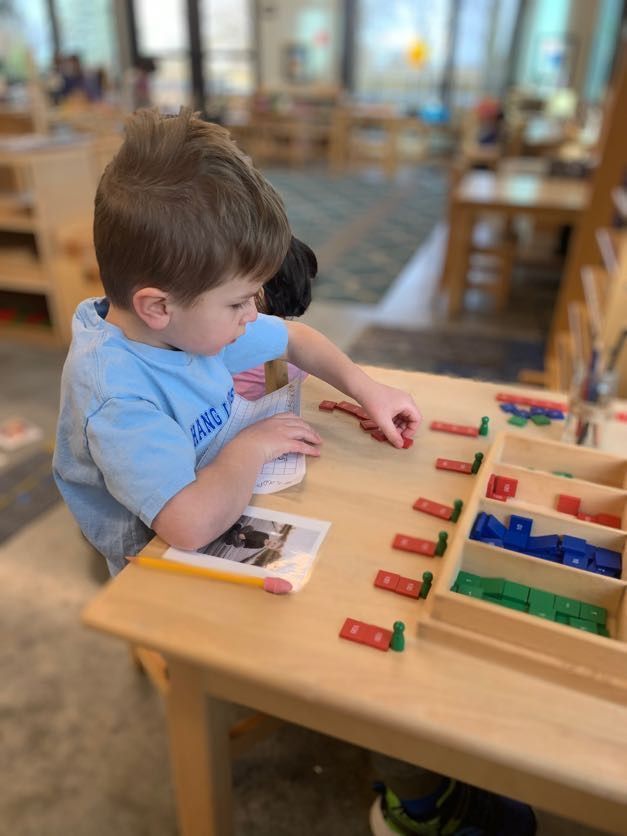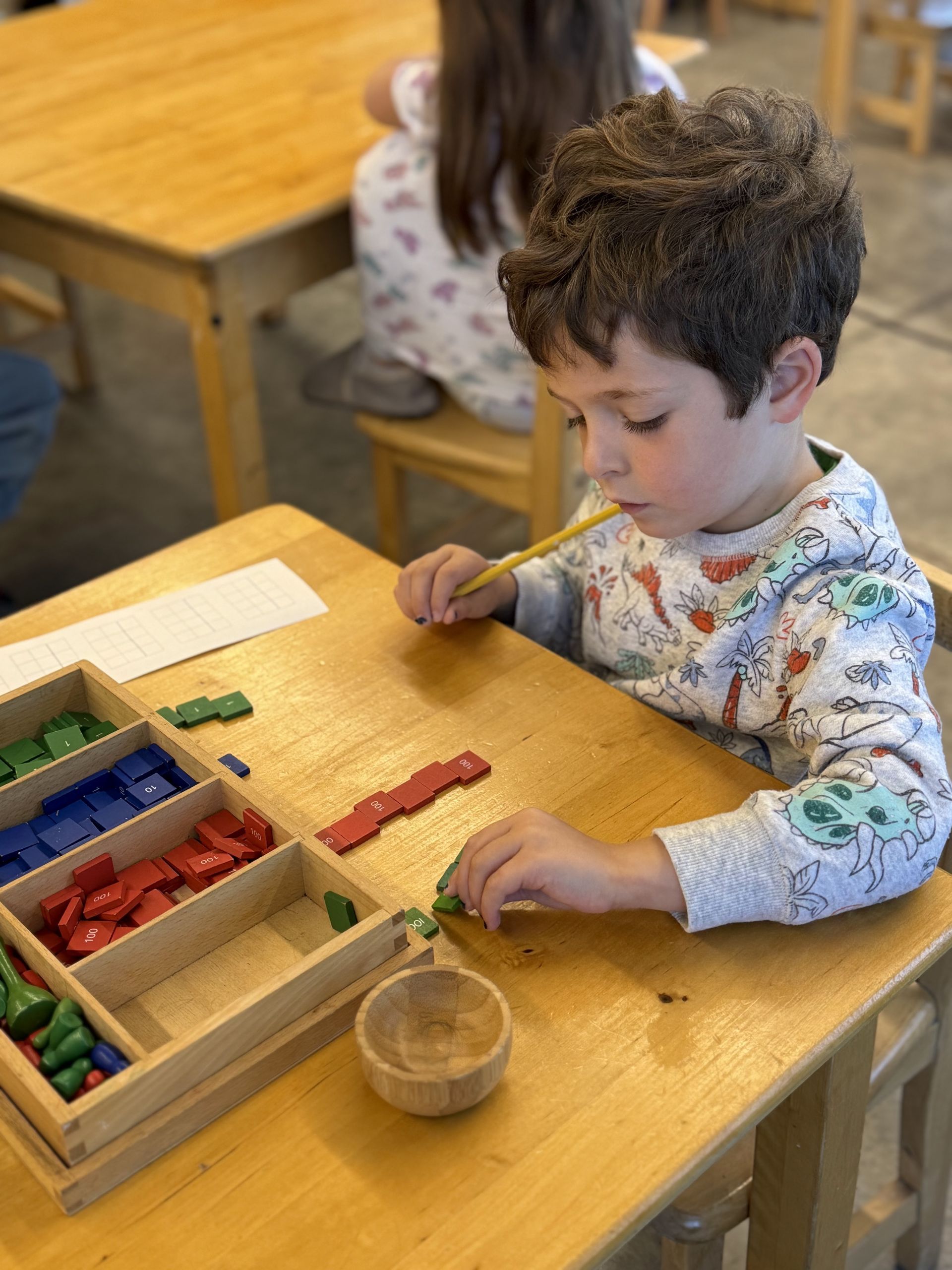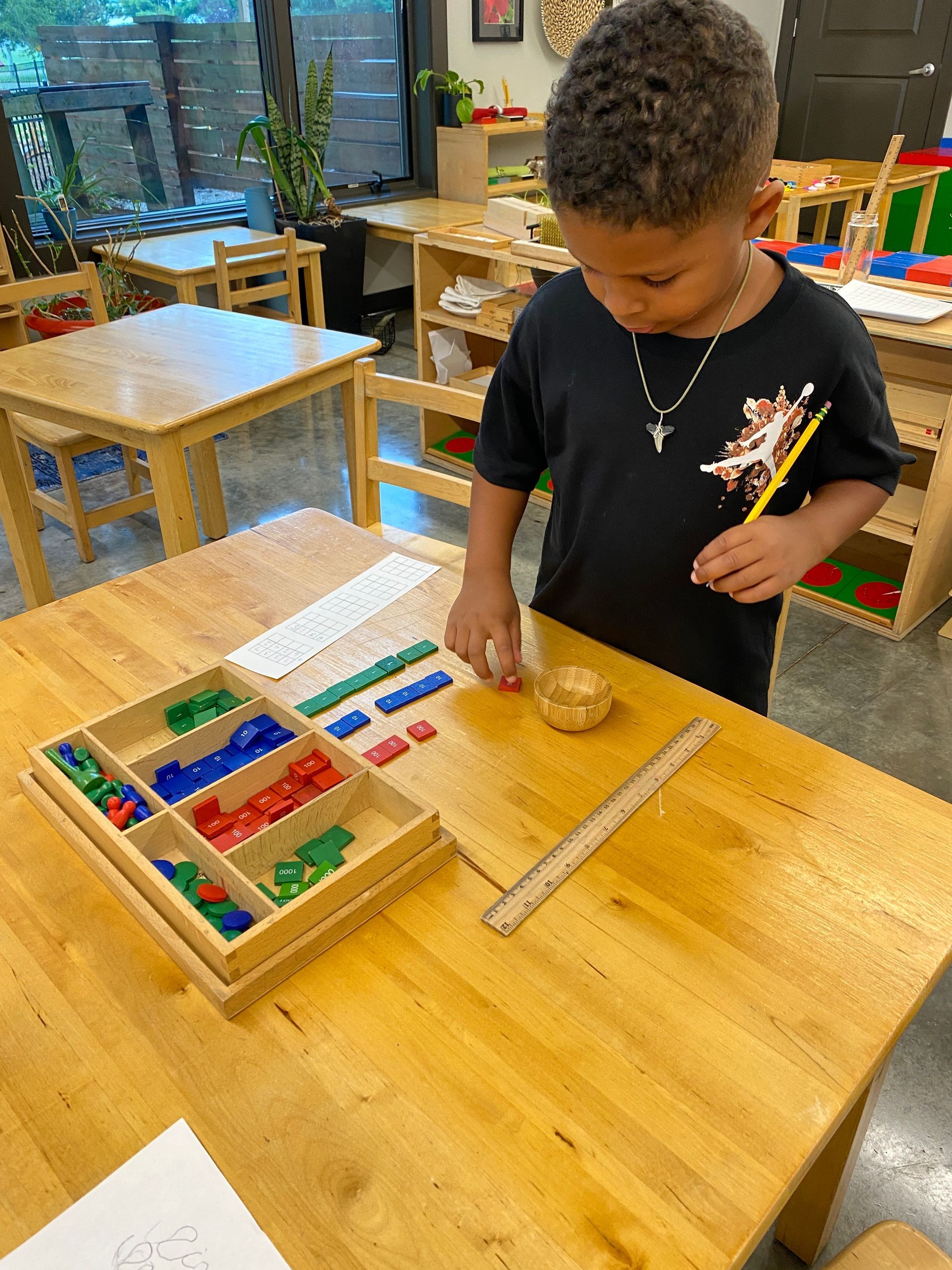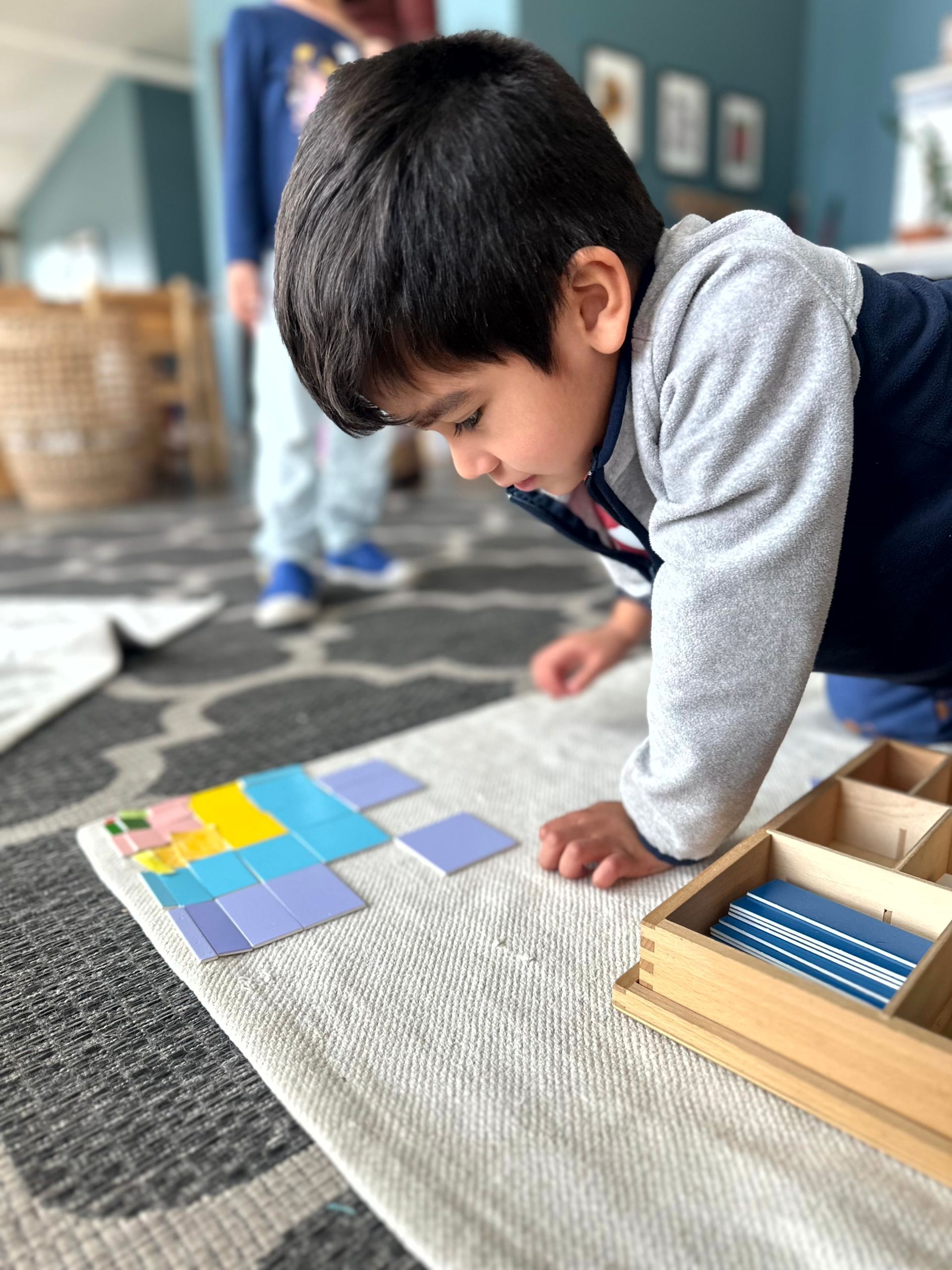"Mathematics is the most precise of the sciences, and it is capable of developing the human mind to the highest degree."
MARIA MONTESSORI
In the Montessori primary classroom, the Stamp Game is a remarkable material designed to help children grasp fundamental math concepts through hands-on learning. This ingenious tool bridges the gap between concrete and abstract mathematical thinking, making it a vital resource for children aged 4 to 7.
What is the Stamp Game?
The Stamp Game is introduced after much practice with the famous Golden Beads. Although the stamps allow the child to manipulate a concrete material, they are a step towards abstract operations as the stamps now represent a category. The Stamp Game is a set of small tiles or "stamps," each marked with a number (1, 10, 100, or 1000) and color-coded to correspond with the Montessori decimal system. Green represents units (1), blue signifies tens (10), red denotes hundreds (100), and green (again) signifies thousands (1000). This clear visual distinction allows children to organize numbers easily while reinforcing place value concepts. As previously done with the Golden Bead material, the Stamp Game provides opportunities for the children to practice "exchanging." We use this term in the Montessori classroom for carrying or borrowing.
How is the Stamp Game Used?
The Stamp Game is versatile and can be used for addition, subtraction, multiplication, and division. Here's a brief overview of how each operation works:
- Addition: Children combine stamps to form sums, visually stacking values by place. This method emphasizes carrying over digits in a tangible way.
- Subtraction: By physically removing stamps, children develop a concrete understanding of borrowing and regrouping.
- Multiplication: Children build groups of stamps, reinforcing the concept that multiplication is repeated addition.
- Division: Using the stamps to distribute quantities equally makes division accessible and clear.
The Stamp Game's strength lies in its ability to offer a tactile and visual representation of mathematical concepts. Children manipulate the materials themselves, encouraging independence and active learning. This multi-sensory approach deepens understanding and lays a strong foundation for future abstract thinking. The work with the Stamp Game is the first time in our Montessori environment where mathematical equations are written on paper.
The Stamp Game is a cornerstone of Montessori math education, promoting deep comprehension of essential arithmetic concepts. By empowering children to explore math through tangible materials, the Stamp Game nurtures both their confidence and curiosity, making learning an engaging and enjoyable experience.

